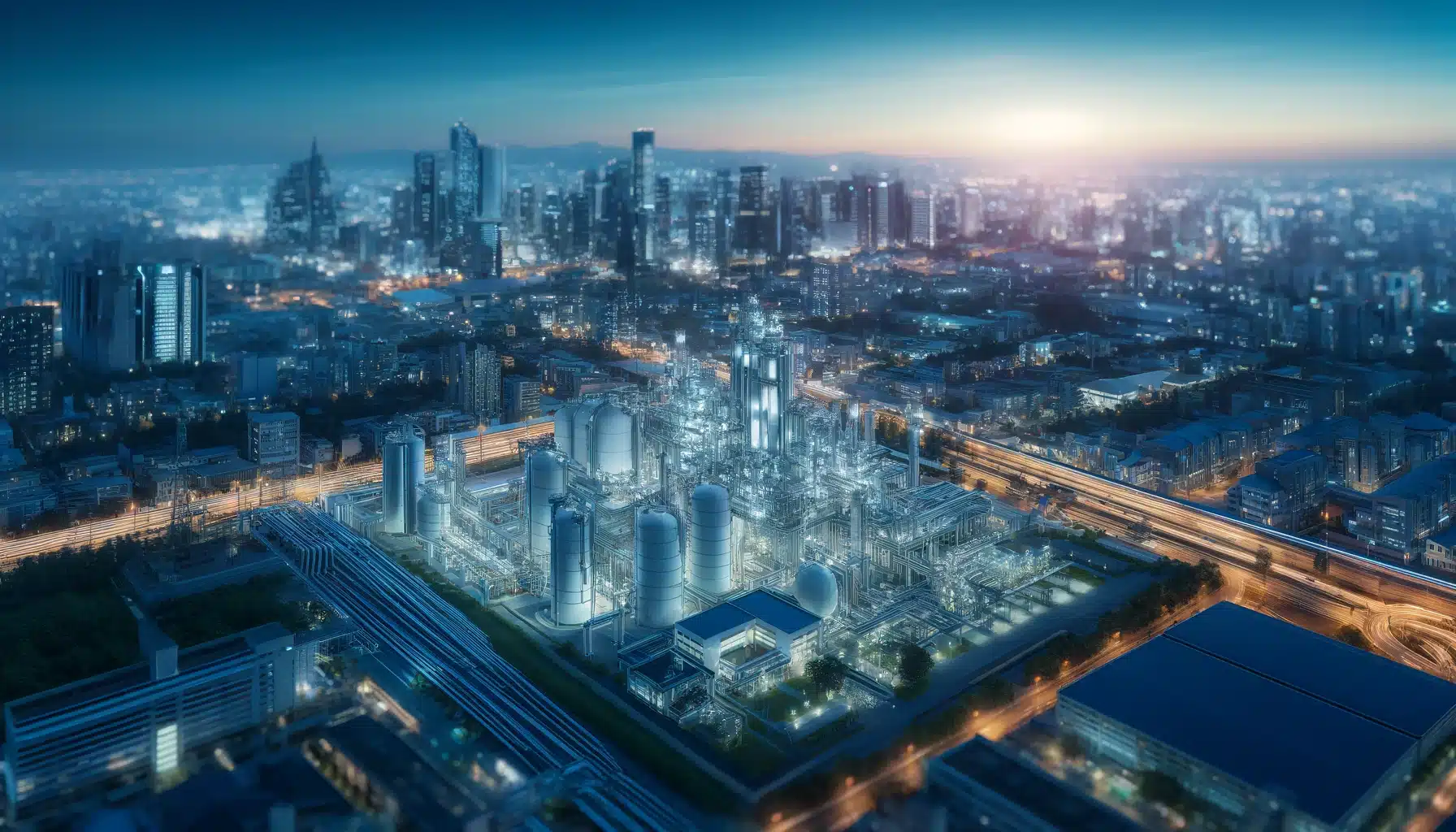Beyond the Surface: Exploring the Hidden World of Midstream Transportation Networks
When we think of transportation networks, our minds often jump to highways, railways, and airports. However, there is a hidden world of midstream transportation networks that play a crucial role in moving goods and resources from one point to another. These midstream networks operate behind the scenes, connecting the dots between production facilities and end-users. In this article, we will delve into the depths of midstream transportation networks to uncover the complexities and importance of this hidden infrastructure.
The Basics of Midstream Transportation Networks
Before we explore the intricacies of midstream transportation networks, let's first understand the basics of what they entail. Midstream transportation refers to the movement of raw materials, commodities, and finished products between different points in the supply chain. These networks are responsible for transporting goods from production facilities to distribution centers, refineries, and ultimately to end-users.
Modes of Transportation
- Pipeline: One of the most common modes of midstream transportation, pipelines are used to transport liquids and gases over long distances. They are cost-effective, efficient, and environmentally friendly.
- Rail: Rail transportation is often used for moving bulk commodities such as oil, coal, and grains. Trains can carry large quantities of goods and reach remote locations that are not easily accessible by other means of transportation.
- Waterways: Rivers, canals, and oceans are natural transportation routes that are utilized for moving goods in large quantities. Water transportation is particularly important for moving bulk goods over long distances.
- Trucking: While trucks are typically associated with the final leg of transportation (known as the last mile), they also play a role in midstream transportation for shorter distances or when other modes of transport are not feasible.
Infrastructure and Storage
Midstream transportation networks rely on a vast infrastructure of pipelines, terminals, storage facilities, and ports to facilitate the movement of goods. These facilities serve as hubs where goods are transferred between different modes of transportation or stored temporarily before reaching their final destination.
The Role of Midstream Transportation in the Global Economy
Midstream transportation networks are the lifelines of the global economy, enabling the efficient movement of goods and resources across vast distances. Without these networks, the supply chain would come to a grinding halt, disrupting industries and impacting consumers around the world.
Energy Sector
- Oil and Gas: Midstream transportation is crucial for the oil and gas industry, connecting production sites with refineries and distribution centers. Pipelines play a particularly important role in transporting crude oil and natural gas over long distances.
- Renewable Energy: In the renewable energy sector, midstream transportation networks are essential for moving biofuels, solar panels, and wind turbine components to various locations. This infrastructure supports the growth of sustainable energy sources.
Agriculture and Mining
In the agriculture and mining sectors, midstream transportation networks are vital for moving raw materials such as grains, ores, and minerals from production sites to processing facilities and markets. Without efficient transportation, these industries would struggle to meet global demand.
Challenges and Innovations in Midstream Transportation
Despite their importance, midstream transportation networks face several challenges that require innovative solutions to overcome. From environmental concerns to cybersecurity threats, the industry is constantly evolving to address these issues and improve efficiency.
Environmental Impact
- Green Transportation: With growing concerns about climate change, the midstream transportation industry is exploring green technologies such as electric vehicles, renewable fuels, and carbon capture to reduce its environmental footprint.
- Wildlife Conservation: Pipelines and other infrastructure can have a significant impact on wildlife habitats. Companies are implementing measures to mitigate these impacts, such as route planning and habitat restoration.
Technology and Automation
Advancements in technology are revolutionizing the midstream transportation industry, with automation, data analytics, and artificial intelligence playing a key role in improving efficiency and safety.
- Remote Monitoring: Sensors and IoT devices are used to monitor pipelines and other infrastructure in real-time, allowing for early detection of leaks or malfunctions.
- Predictive Maintenance: AI algorithms analyze data to predict when equipment needs maintenance, reducing downtime and improving asset reliability.
Conclusion
Midstream transportation networks may operate behind the scenes, but their impact on the global economy is undeniable. From energy to agriculture, these networks play a critical role in connecting producers with consumers and driving economic growth. As the industry continues to evolve and innovate, the hidden world of midstream transportation will remain a vital component of the supply chain.

Leave a Reply
You must be logged in to post a comment.